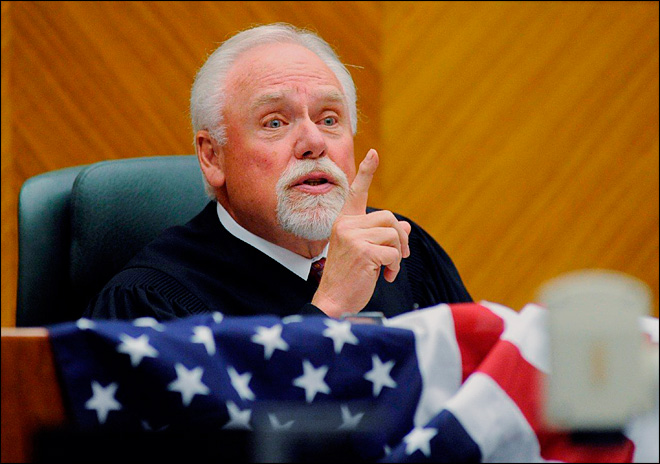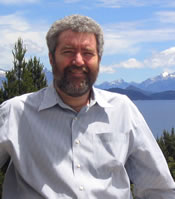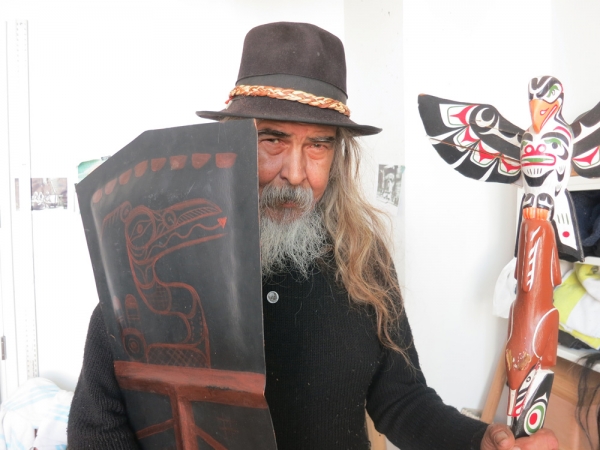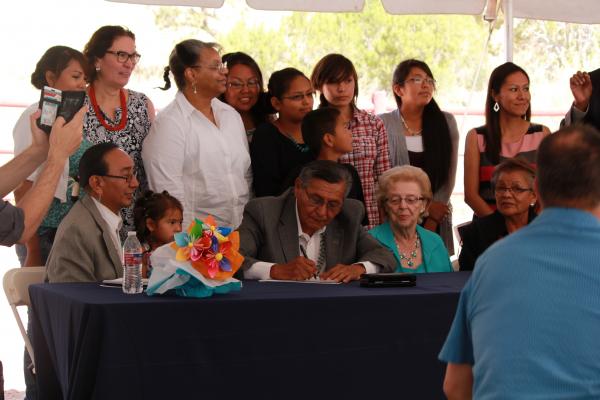By Andrew Gobin, Tulalip News
“In 1996, Marysville and Tulalip had just built a bridge, the 88th Street Bridge,” began Tulalip Vice Chairman Les Parks as he delivered the annual Marysville Tulalip Chamber of Commerce State of Tulalip Address. He recalled the direction Tulalip was moving in when he first served on the tribal council, and how it has changed over the last 20 years, noting the focus and success of building an economy that is mutually beneficial for both Tulalip and Marysville.
“On the east side of this bridge was a brand new corridor–and it was a big day for the Marysville Tulalip area.” Today, it is a shopping plaza that includes Haggens, Starbucks and other retail stores. “But on the west side of the freeway there was nothing but a stand of cedar trees,” he recalled. “We went to work building Quil Ceda Village. One of the greatest feelings is to do what we did here at Tulalip, for our Indian people, and the dream and the vision that we had of economic success has become a reality.”
Since the construction of the 88th Street Bridge in 1996, the Quil Ceda Village business park experienced a rapid growth in economic development, creating a successful economy which continues to grow today. In that time, Quil Ceda Village also received a charter as a federal municipality, now operating as a city, governed by the Tulalip Tribes, and yet, separate from the tribal government. Because of that structure, Quil Ceda Village has been able to contribute immensely to the greater economic development and growth of Snohomish County. Since the establishment of first federal city, Washington D.C., Quil Ceda Village is the second federally chartered city in the nation. A dream realized after more than 50 years, the village is a thriving success which has the Tulalip Tribes poised to reclaim taxes.
“The Federal Register now contains language that prohibits states and counties from assessing taxes on building improvements on and off reservation when it’s Indian owned-land and affirmed by the Great Wolf Lodge case this September in the Ninth Circuit,” continued Vice Chairman Parks. “We are currently in the process of developing an Assessor’s office so that we can begin to assess those taxes we’ve always known were ours. Tulalip itself, and I know it has been told to the Marysville Tulalip Chamber of Commerce many times, put a ton of money into the infrastructure, in the ground we’re sitting on, to the tune of about $65 million. Now I believe we are in excess of $100 million.”
“And who gets to benefit from the tax?” he asked. “Marysville does, Snohomish County does, the state does, but Tulalip gets zero,” Vice Chairman Parks explained.
There are a number of Tulalip public works projects that are underway, planned, or in the planning process that will ease some of the stressors and impacts which accompany economic expansion. Most notably are the utilities project known as the Big Water project, and revisions to the 116th Street Freeway Overpass to streamline traffic flow. Currently, the overpass is a bottleneck, with one lane in each direction, and a center turn lane for each freeway onramp.
Parks announced, “Next month we’re going to put out to bid to start construction of the bridge. In eighteen months, we’re going to see a six-lane bridge, which is what everybody’s been waiting for,” he said. “Largely, Tulalip is the lead on that project; we invest a lot of money, a lot of time, a lot of effort. We know we have been responsible for the traffic nightmare, we know Marysville has been partially responsible, but we have taken the lead. We do that because we want to be good neighbors. We want our success to be your success, and your success to be ours. Thank you Marysville, thank you everybody that’s contributed to that project,” said Vice Chairman Parks.
“In about two years we’re going to have water pumping through that new water main. 36 million gallons a day, that’s a lot of water. We may not need all that water yet but future generations will. When we decided to invest in that line through a negotiated settlement with Mayor Ray Stephanson, and the City Council of Everett, we wanted water to enhance and augment our stream flows, where our salmon are being raised, and we wanted to do that due to the loss of habitat. We want water back at Tulalip, and we’re going to use water for our people, and we’re going to us water for our salmon. For me, particularly exciting is we’re going to be able to ground inject some of that water into our streams that have low flow during the summer months, and we are going to start seeing more salmon. More salmon for our people, because that’s who we are, salmon people. That water main is two years away and stream augmentation is right behind it.”
Vice Chairman Parks emphasized the importance of Tulalip youth and the fact that they are the next generation of Tulalip leaders. Much has been set aside for them but what has been done to prepare them to manage their success? Chairman Herman Williams, who spoke at the State of the Tribes Address following Vice Chairman Parks, said he and Tulalip Board of Directors have made it clear that education is an important focus of their administration.
On March 29 of this year, the Marysville School District held a summit on education and what role it should play in the success of students. There, Troy McClelland, president and CEO of the Economic Alliance of Snohomish County said, “Snohomish County is first in the state in manufacturing. We are second in the technology field. There are many successful economies in the state, but what makes us different is, in Snohomish County, we build things. There is a place for every student to succeed, if we continue to provide the competitive economy.” Chairman Williams noted that he has spoken with Marysville Superintendent Dr. Becky Berg about this very issue, saying that what students need most for our local economy are tools. They get an education, yet lack the tools and skills to succeed.
Parks said, “For the first time in the United States, a Indian TERO program is able to certify apprenticeships in the state in which we live. Chairman Williams has had a dream that we will have a full-fledged vocational training center on the reservation. And he’s talked about this for years, he’s talked about educating our youth, and he has walked his talk over the years. He knows how important it is to educate our youth, but he also knows that when they leave high school not all of them want to go to college. Some of them want to enter into the trades, some of them want to get trained in computers; and so he’s wanted this vocational training center. The TERO commission really has taken the first step in getting that done with the apprenticeship program. I know that in the very near future, Chairman Williams is going to continue to push, and we will soon have a full-fledged vocational training center on the reservation.”
Vice Chairman Parks ended the State of the Tribes address by thanking the Tulalip and Marysville communities for their coordinated efforts to support the victims and their families of the Oso Landslide, calling it one of the most tragic events in Washington’s history. “The Oso tragedy brought back to memory a piece of Tulalip history in 1830,” he said. “We lost many of our ancestors in a slide right off the tip of Camano Island. That slide buried many, and the subsequent Tsunami drowned many more that were subsisting in villages on the beaches of Hat Island. Our Oso brothers and sisters were welcomed by our Tulalip brothers and sisters at Heaven’s gates. Today I ask that we honor and remember those lost in both tragedies,” he said.
















